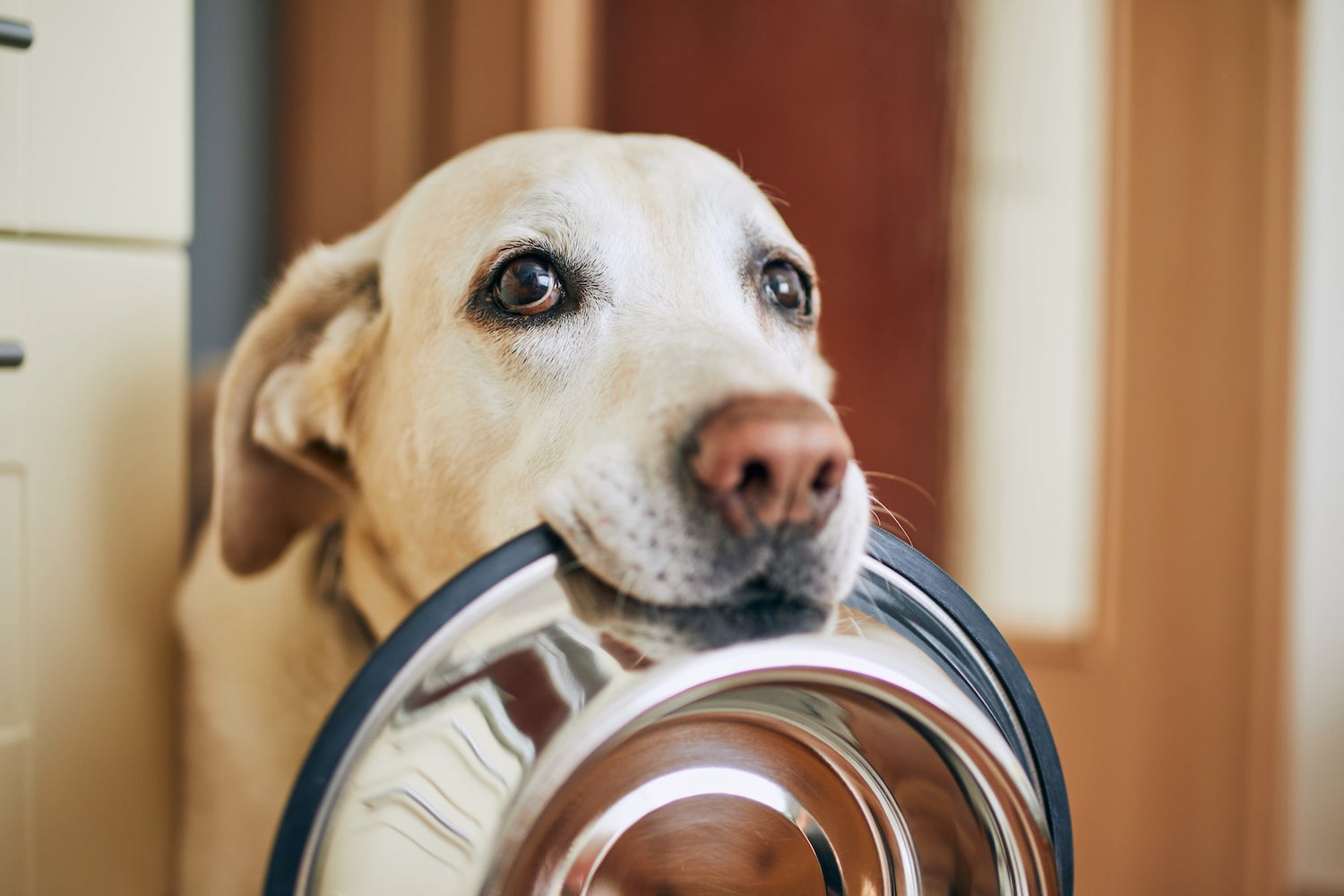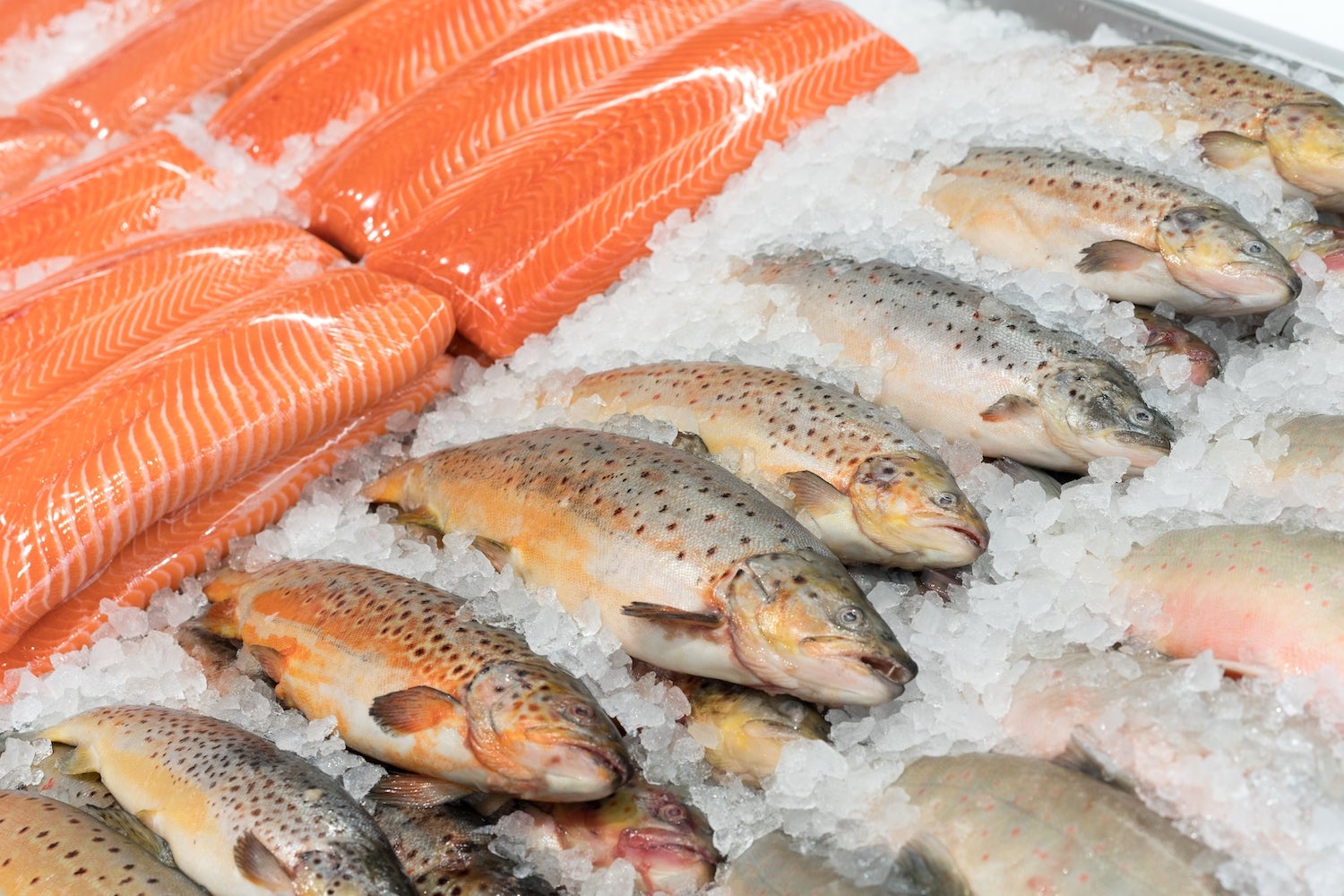Hey team, and welcome back to one5c! Today’s newsletter is comin’ in hot for the Amazon haters, dog lovers, and microplastic avoiders. We’ve got a lot to get through, so I’ll just leave it at that and let y’all get to scrollin’. —Corinne
WHAT WE’RE INTO THIS WEEK
By Sara Kiley Watson

Cause for optimism
Lab-grown dog treats hit (limited) shelves
We all love our fur babies, but even the most devoted pet parent can’t love their massive carbon footprint. According to one 2017 study, feeding cats and dWe all love our fur babies, but even the most devoted pet parent can’t love their massive carbon footprint. According to one 2017 study, feeding cats and dogs creates around 64 million tons of carbon dioxide equivalent in the U.S. each year, which is more than the entire yearly emissions of some countries. Aside from switching your very good boy to an all-veggie diet, there’s not a ton you can do, but that’s showing signs of change. Chick Bites treats by Meatly and The Pack, the world’s first dog treats made from lab-grown chicken meat, recently made their retail debut at one branch of Pets at Home in England. Cultivated meat, for people and for pups, is still in its early stages, but it has potential as a climate solution once operations like Meatly are able to scale up—and navigate regulatory red tape.
Greenwatch
Bezos Earth Fund’s big climate backtrack
In the latest case of institutions backing away from commitments to climate progress, Jeff Bezos’ $10 billion Earth Fund grant will no longer support the Science Based Targets initiative (SBTi), which tracks and guides companies’ efforts to decarbonize and hit net-zero. Previously, the Earth Fund had been one of the largest contributors to the project; according to the Financial Times, it and the Ikea Foundation combined to provide 61% of all the cash that came in last year. This is part of a larger trend in backpedaling: In 2023, SBTi removed Amazon from its list of climate-conscious companies for failing to submit emissions reductions plans. “Amazon and the Bezos Earth Fund have decided they are done pretending to care about the future of our planet,” Josh Archer, senior global corporate campaigner at Stand.earth, said in a statement.
Built environment
A green belt to cool and feed city dwellers
About one-third of the territory in the West African nation of Burkina Faso is described as “degraded,” and that portion is expanding to include an area about the size of Rhode Island every year, according to the United Nations Food and Agriculture Organization. While climate change will continue to play its part, droughts going as far back as the 1970s and 1980s kick-started the problem. But the capital city of Ouagadougou has a unique solution: a nearly 5,000-acre belt of trees, plants, and crops that surrounds the city. As reported in a photo-filled feature in The Guardian, the “green belt” helps quell rising temperatures, hold back desertification, and feed a rapidly growing population. Individual citizens have a role to play as well; each city resident can have a plot of six beds that they can use to grow, and even sell, fresh food.
Accountability check
Utilities charge consumers for perks and politics
Your energy bill could be paying for more than just the power coming into your home. A recent report from the Energy and Policy Institute showed that electric and gas utilities also slide in charges that go toward lobbying, corporate advertising, executive perks, and engagement with Wall Street—all of which can drive up costs and stall climate progress. However, laws passed in 2023 in Colorado, Connecticut, and Maine are restricting utilities from charging for lobbying, advertising, and political influencing, and the measures have saved customers across these states hundreds of thousands of dollars, according to Grist. The trend is picking up: Last year, eight more states put out similar policies, and five hopped on the bandwagon in just the last month. A win for the planet—and our wallets.
MIC-DROP CLIMATE STAT
3.8 million tons
The amount of food American households waste due to confusion over expiration dates. Here’s our quick guide to parsing those labels—and how you can tell if food’s really gone bad.
STUDY GUIDE
IS SEAFOOD THE WORST MICROPLASTICS CULPRIT?
By Tyler Santora

Time and time again, studies have found high levels of microplastics in a range of global seafood, from mussels to mackerel. The latest spotlight-grabber? A new study in the journal Frontiers in Toxicology of six species of fish and shellfish found off the Oregon coast—including herring, salmon, and shrimp—revealed microplastics in all but two of 182 samples. These microplastics work their way up the food chain and can compromise our health, damaging the digestive, respiratory, endocrine, reproductive, and immune systems. Scientists also just found that the amount of microplastic in our brains has shot up rapidly in the last few decades.
All this has fed into a common misconception that fish are microplastic magnets—or at least more so than other foods. But do they really put more tiny plastic fibers, filaments, and films on the menu? Here’s what the research shows, and what you can do to minimize how much plastic ends up in your belly.
Microplastics in seafood vs. meat vs. plant-based proteins
Fish don’t necessarily contain more microplastics than any other proteins that we wolf down. A study published last year in the journal Environmental Pollution found that 88% of protein-packed foods tested contained the particles, with no difference between the levels in grub from the sea compared to vittles that come from dry land. All 16 types of protein tested—including shrimp, fish sticks, chicken nuggets, top sirloin steaks, pork loin chops, and even plant-based offerings like tofu and plant-based meat alternatives—contained some concentrations of microplastics.
One bright(ish) spot: The levels in tofu were one of the lowest studied, coming in third in least microplastics per serving behind chicken breasts and pork loin chops. “There’s no escaping them no matter what you eat, it seems,” study co-author Britta Baechler, a marine biologist at the Ocean Conservancy, said in a release.
How microplastics get into seafood and farm animals
Microplastics wind up in food in two main ways. The first is ingestion. Fish may mistake plastic for phytoplankton and accidentally munch on it while searching for food; filter feeders like mussels and oysters inadvertently suck them up, and bottom feeders pull them from the sediment. Land animals may drink contaminated water, breathe contaminated air, or eat contaminated food (including, sometimes, garbage). The second avenue is through processing: Machinery and plastic packaging are big drivers of microplastics contamination. That’s not just saved for products that came from an animal: Ready-made and precooked meals tend to be the worst offenders.
How to avoid microplastics in your diet
It’s impossible to completely avoid the newest food group: microplastics. The average American eats 11,500 pieces per year. But there are ways to cut down on your consumption.
Avoid packaging. Avoid the stuff you put in your body coming in contact with plastic whenever you can, especially when it comes to beverages: Bottled water has a much, much higher concentration of microplastics than any protein. When it comes to proteins, go for whole, local fish and meat whenever possible—and give it a rinse to remove any surface contaminants.
Minimize highly processed foods. Highly processed proteins like fish sticks, chicken nuggets, and faux nuggets come in contact with a lot of plastic machinery during production, which leads to contamination. So, opt for less processed meats, or focus on plant-based proteins like whole soybeans.
Pick the right fish. Fish from higher trophic levels (i.e., fish that eat other fish) actually have a lower concentration of microplastics than those from lower trophic levels (like shellfish). So, opt for the big guys if you want to minimize exposure, but be aware that they may have higher concentrations of other toxins, like mercury and some pesticides.
